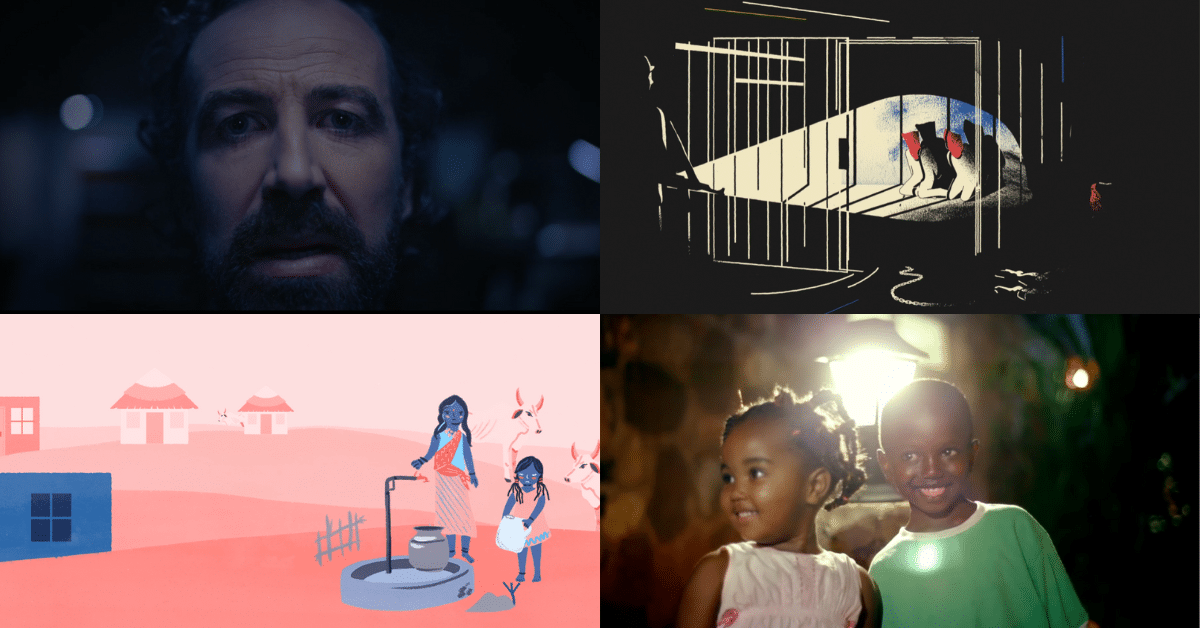TV ads are one of the best ways to reach a wide range of audiences, especially for charities. These captivating broadcasts, often falling under the umbrella of Direct Response TV (DRTV), possess a unique ability to connect with audiences on a profound level to inspire empathy, drive donations, and rally support for important causes. This blog explores the best practices that enable charity TV ads to become successful.
The art and importance of emotional storytelling
If you make viewers feel empathy and tap into their emotions, your campaign will likely succeed. Figuring out how to do this can be a challenge. One of the easiest ways is to showcase real-life stories of impact and transformation. It is often best to work with a creative team. They can help you convey your idea and message effectively. This ensures your charity’s story is told well.
Engaging Calls to Action (CTAs)
It is crucial for DRTV to have a clear message that the consumer can easily understand. Brand logos should appear throughout the duration of the ad so that viewers tuning in at any given moment are aware of who’s behind the advert. An end screen should also prompt viewers into what they need to do next – take up a special offer, buy, visit a website, or in NSPCC‘s case below, donate to the charity. Here is a list of all the things to consider:
- Strong opening and clear call-to-action (CTA): Capture attention in the first few seconds and make the desired response obvious and easy to remember (e.g., a phone number or website).
- Urgency and offer value: Create a sense of time pressure to encourage immediate action while presenting a compelling offer or deal to incentivize action.
- Problem-solution format and demonstration: Clearly present a problem and show how your product solves it by demonstrating the product in action to highlight its benefits.
- Testimonials and emotional connection: Include genuine customer experiences to build trust and appeal to viewers’ emotions to increase engagement.
- Simple messaging and repeat key information: Keep the content focused and easy to understand, and reinforce the main message and CTA throughout the ad.
- Visual appeal: Use high-quality visuals that complement the message.

Older age groups (in particular the over 75s) and females are still most likely to donate. Ages 75+ are 60% more likely to donate in comparison to other age groups.
Examples of charity DRTV campaigns
NSPCC | Childhood Day | Together, we can help protect every childhood | TV advert
What Jack Gave | WaterAid
Blue Cross Lifelong Love TV Ad
Ethics and Responsibility in Charity DRTV
Ethics and responsibility are very important in Charity Direct Response Television (DRTV), as they are transparent representations of the organisation’s mission. It is essential to make sure that your TV ad is a truthful representation of what is happening.
Maintain brand consistency
This helps build trust with viewers who may be familiar with the brand from other contexts. While DRTV aims for immediate response, it also contributes to overall brand perception and value, so it can build long-term brand equity. Most ads are 30″ long, so viewers do not have enough time to digest text unless it’s simple and easy to read. Italic or serif fonts are a no-go. Stick to fonts and colours that adhere to your brand guidelines and keep text to a minimum. The lower thirds are typically introduced a third way into a DRTV ad to establish credibility and provide further information.
Ad Clearance
Ensuring ad clearance is a vital step in creating effective and trustworthy charity TV ads. All claims made in the ad must be verifiable and accurate, including statistics, impact statements, and any representations of the charity’s work. While emotional content can be effective, it must not be exploitative or overly distressing, as there’s a fine line between moving viewers to action and causing undue distress. Financial transparency is crucial; any statements about how donations will be used must be clear and truthful, avoiding vague promises about impact. Ads must comply with regulatory rules set by bodies like the ASA in the UK. Additionally, charity ads generally need to remain politically neutral unless the charity has a specific political purpose. The process for donating or responding must be clearly explained and not misleading. Any mentions of Gift Aid in the UK must be accurate and not overstated. Testimonials, if used, must be genuine and, if necessary, labeled as dramatizations.
Positive marketing for empathy
Not all charity videos need to be negative or upsetting. Positive marketing can also be successful. Show the positive impact of what the charity has done. This can be more effective than traditional charity ads.
Lastly, find an experienced team
On the hunt for a DRTV production team? Work with a knowledgeable and experienced team that has bags of experience in production, as well as in ad clearance and creative executions for audience testing. Whittle down your list to those with experience within your sector. They’re well-placed to understand the best practices for making DRTV ads in your field. A production partner that is familiar with optimising ads can help extend your DRTV into an integrated digital campaign.
Skylark Media has over 15 years of experience in video production and video marketing. Based in Bristol, Skylark is proud to be AdGreen sustainability trained, an AdSmart partner and Clearcast accredited. Check out our other DRTV blogs here.

